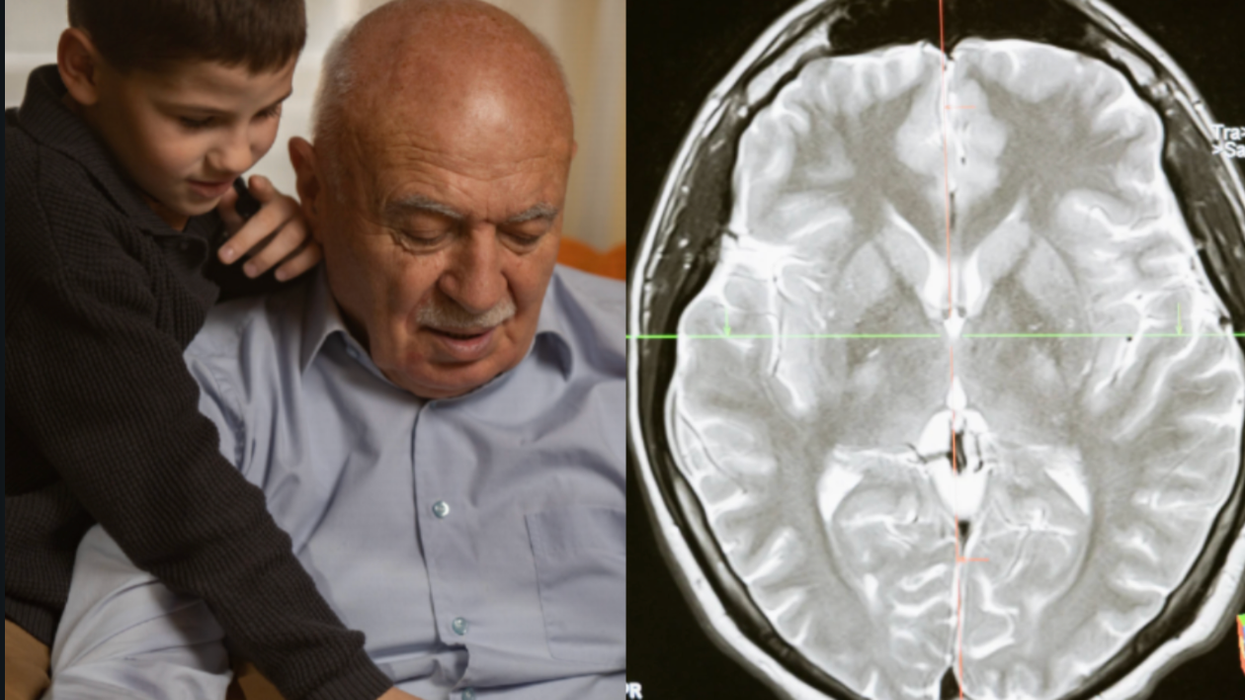Over 57 years had passed since a woman was recognized in the Los Angeles Memorial Coliseum’s Court of Honor. The national historic landmark — protected from demolition — honors achievements of both individuals and organizations to sport and the coliseum. Out of 58 honorees since its founding in 1932, only one was a woman.
That changed yesterday.
Olympians Joan Benoit Samuelson, winner of the first Women’s Olympic Marathon, and Anita L. DeFrantz, an Olympic medalist and IOC member, both received plaques commemorating their contributions to sports and the Olympic movement.
“When we learned of this travesty,” said Renata Simril, president of the LA84 Foundation, a nonprofit founded after the 1984 Olympic Summer Games to steward the legacy of the Games in Southern California, “we were able to make the recommendation for these two Olympians to be recognized for the contributions they’ve made—not just to this venue, which is part of the criteria—but the contributions they’ve made to sport, and the inspiration they have and continue to drive for the next generation of Olympians, athletes and leaders.”
The fact that women regularly run marathons was not a given before the 1984 Olympic Games. In those Games, Benoit Samuelson stunned audiences with her triumphant win, finishing her race in front of crowds at the Coliseum where her plaque is now displayed.
“I wondered if anybody would be out there to watch us on a Sunday morning for the first time,” she shared during her speech at the ceremony. “Then I heard the crowd get to its feet before I came through the tunnel—and I realized I might actually win the inaugural women’s marathon.”
Her win wasn’t just an individual accomplishment, but a collective one for women.
“There were a lot of naysayers out there who didn’t think women could run,” Benoit Samuelson said.
Brazilian long-distance runner Eleonora Mendonca remembers that sentiment well. She competed against Benoit Samuelson in the inaugural marathon and was on hand to see her one-time rival honored in the plaque’s unveiling ceremony.
“The people in charge of making those decisions didn’t believe women were capable of running it, or if they did, it would do a lot of harm to their bodies,” Mendonca said. “It was a taboo,” she said, adding, “we tore down that taboo by posting excellent times and making a political effort to get those events in the Olympic Games.”
DeFrantz was connected to those same Games. After winning a bronze medal for rowing at the 1976 Summer Olympics, she served as vice president of the Los Angeles Olympic Organizing Committee in 1984 and ran the Olympic Village—showing that women could have a place not just athletically but inside the ranks of the administration and could rise to powerful positions within the Olympic movement.
“Sport belongs to us all,” she stated during the ceremonies. She recalled not having the opportunity to participate in sports in her youth. “I knew there was something about it that all the guys liked,” DeFrantz said, “so why shouldn’t we have a chance?”
That question led her to help other women pursue opportunities in sport—and as a member of the IOC, she is passionate about bringing a gender balance to the Games and increasing reporting on women’s sports.
“The reportage is equal to the number of athletes on a team,” she said, noting that by her count, there was “a tiny bit” more reporting on the women’s events for some teams at the Rio Games—a sign that her life’s work is starting to pay off.
While DeFrantz is focused on getting the stories of other female athletes heard, the plaque at the stadium will make sure that her story and Benoit Samuelson’s aren’t forgotten.
“These plaques will forever immortalize and tell the story of these women for generations to come,” Simril said, standing in the shade and gesturing to them with pride.
She spoke about her two young sons and the importance of teaching both them and other youth about women’s contributions.
“It’s important so that we can move closer to gender equity and so that we don’t have to be here 57 years from now and only have three women honored,” Simril said.







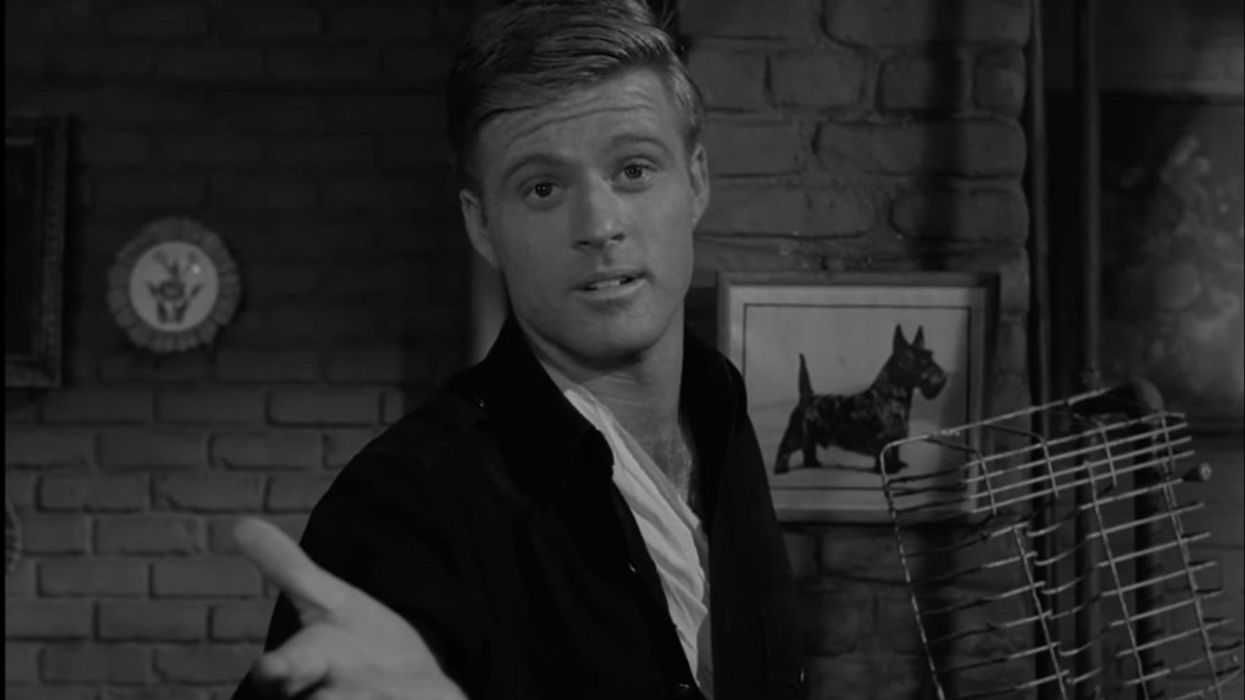
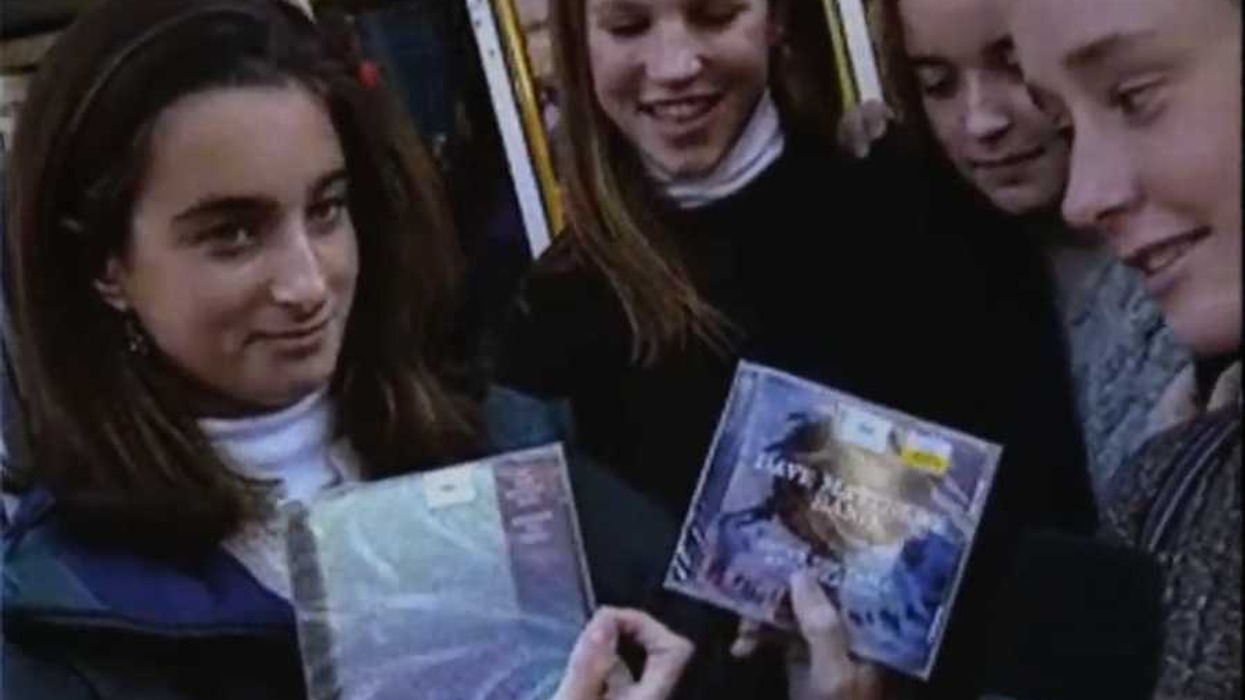



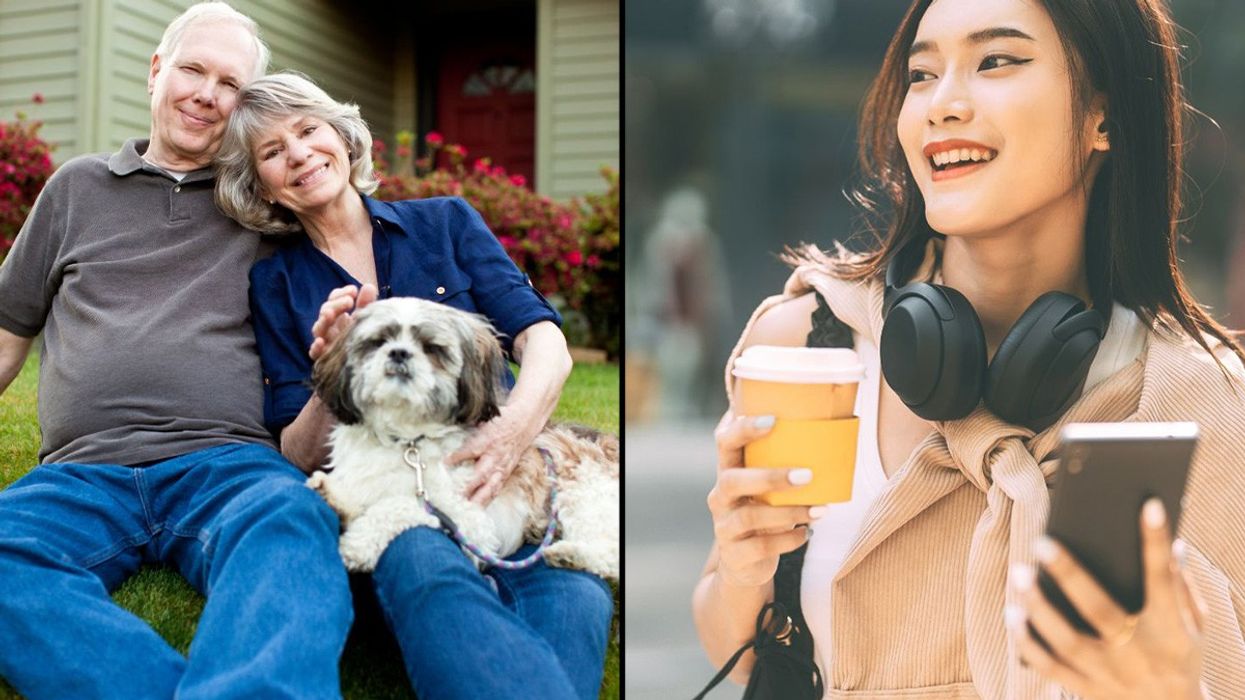
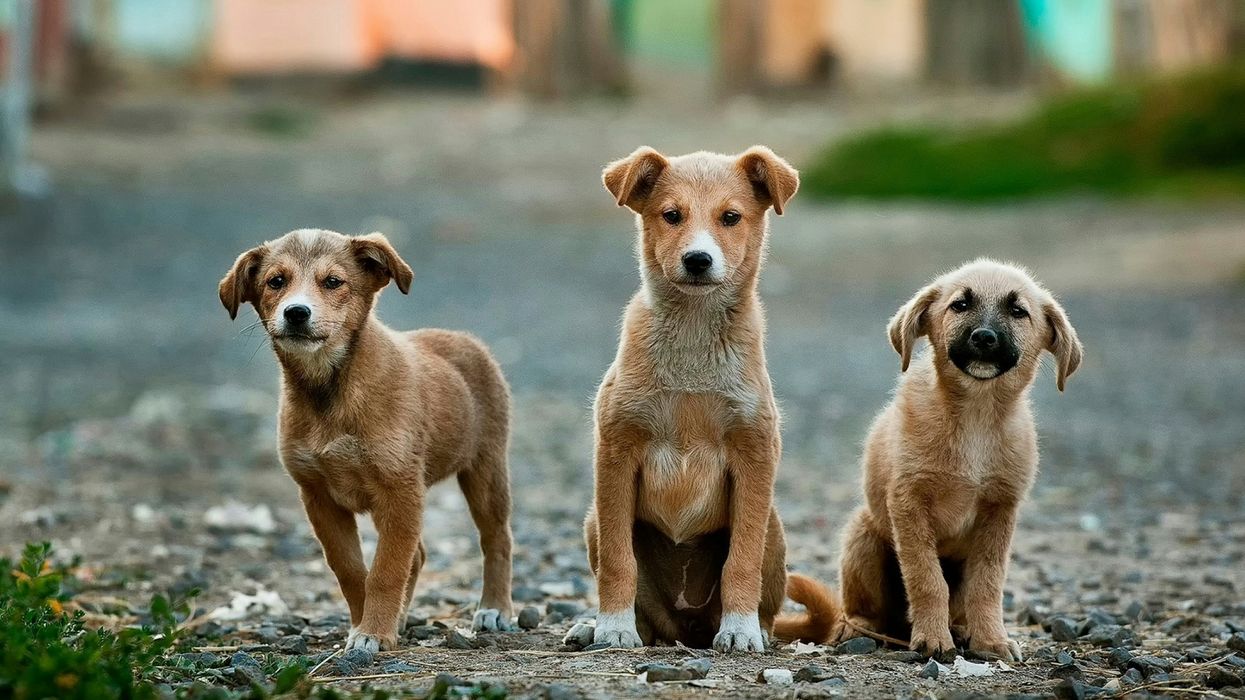
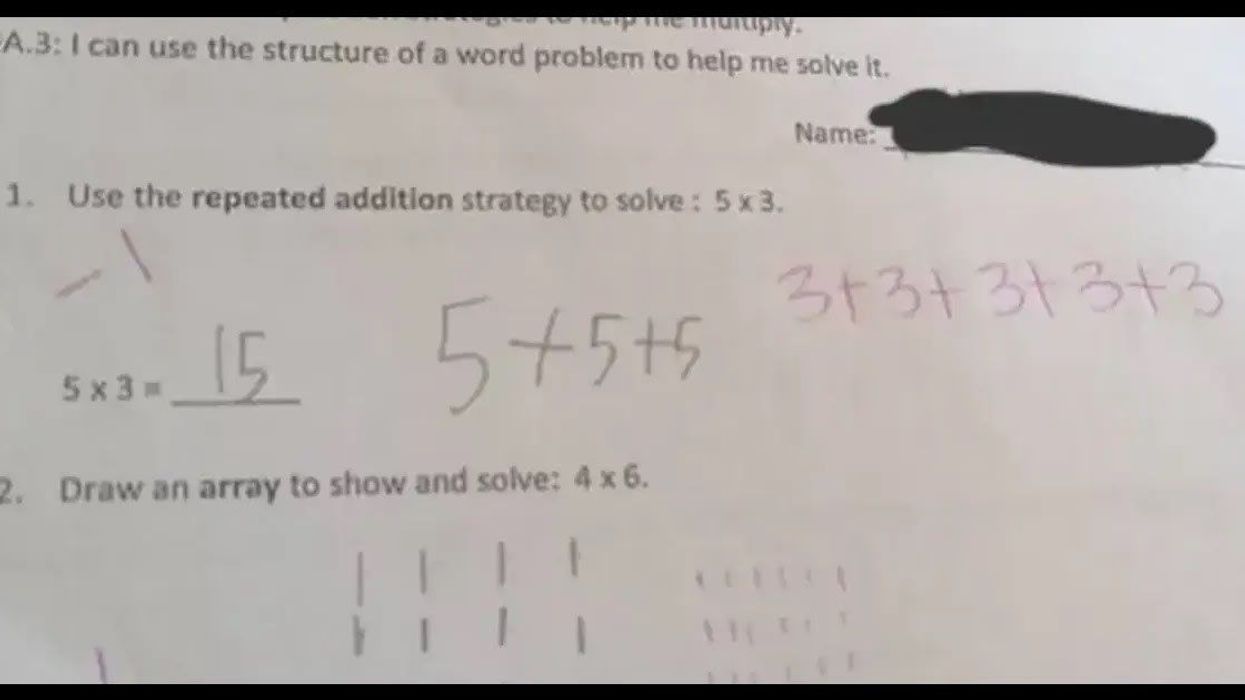
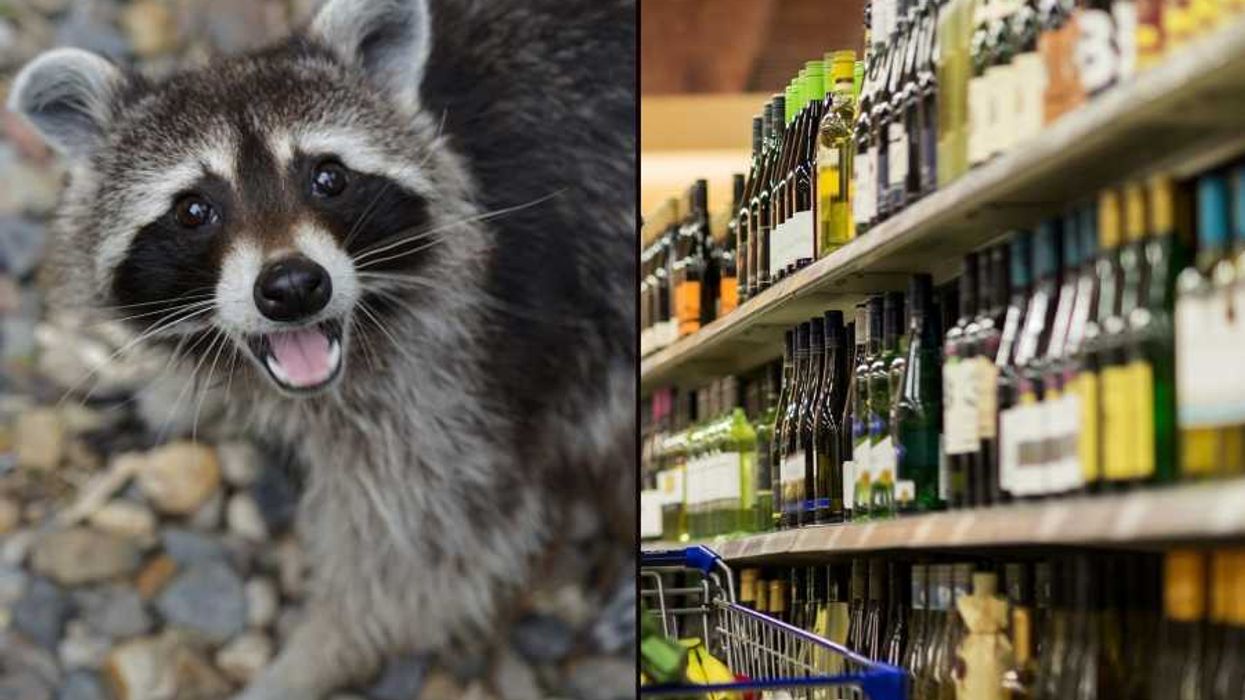

 Image artifacts (diffraction spikes and vertical streaks) appearing in a CCD image of a major solar flare due to the excess incident radiation
Image artifacts (diffraction spikes and vertical streaks) appearing in a CCD image of a major solar flare due to the excess incident radiation

 Ladder leads out of darkness.Photo credit
Ladder leads out of darkness.Photo credit 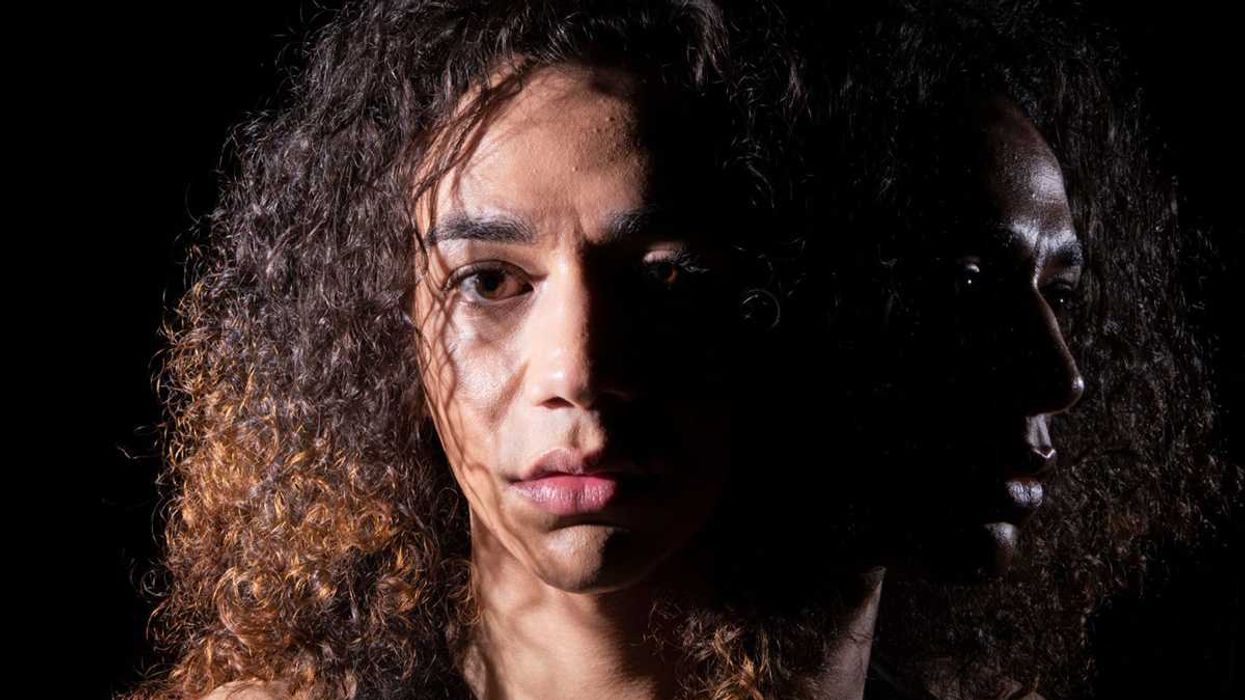 Woman's reflection in shadow.Photo credit
Woman's reflection in shadow.Photo credit  Young woman frazzled.Photo credit
Young woman frazzled.Photo credit 
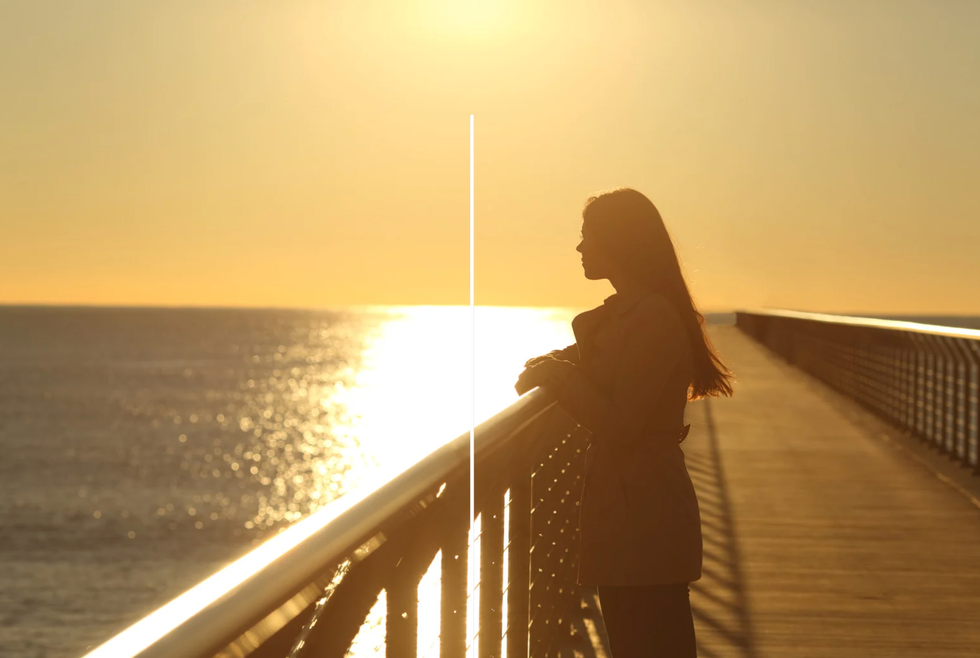 A woman looks out on the waterCanva
A woman looks out on the waterCanva A couple sits in uncomfortable silenceCanva
A couple sits in uncomfortable silenceCanva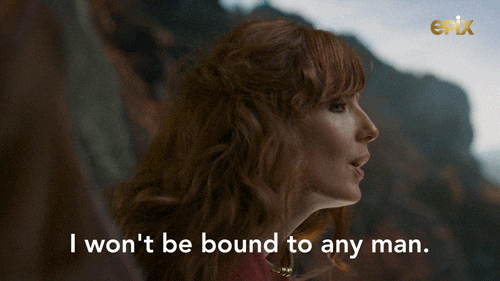 Gif of woman saying "I won't be bound to any man." via
Gif of woman saying "I won't be bound to any man." via  Woman working late at nightCanva
Woman working late at nightCanva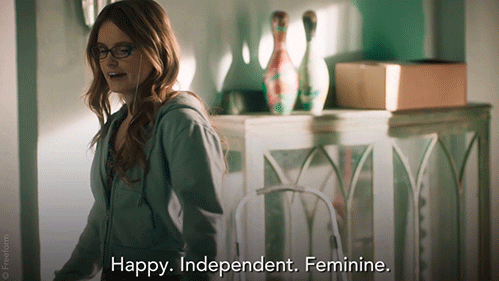 Gif of woman saying "Happy. Independent. Feminine." via
Gif of woman saying "Happy. Independent. Feminine." via 
 Yonaguni Monument, as seen from the south of the formation.
Yonaguni Monument, as seen from the south of the formation. 